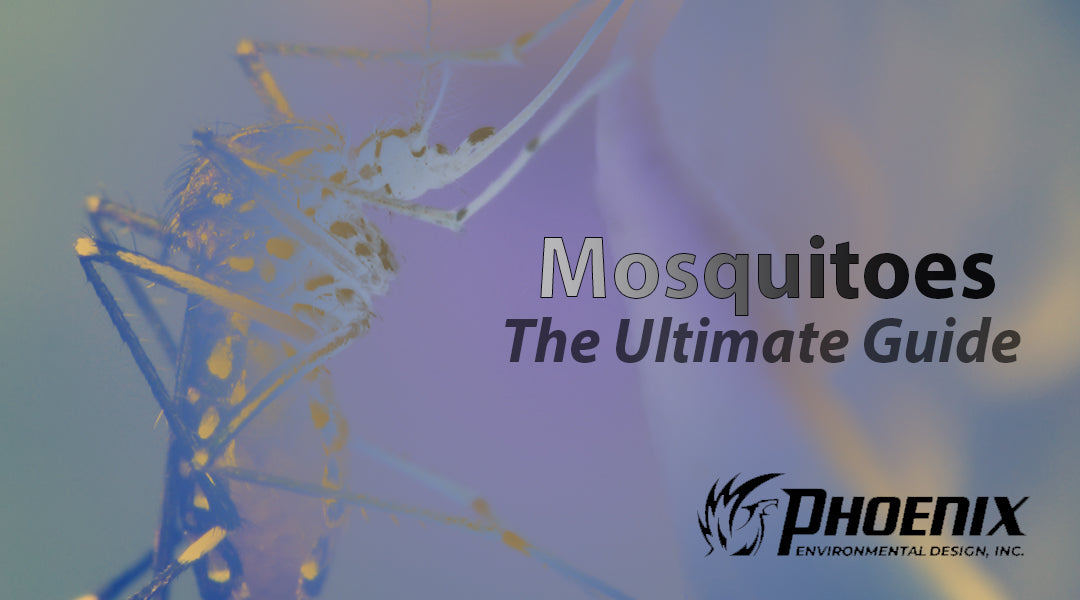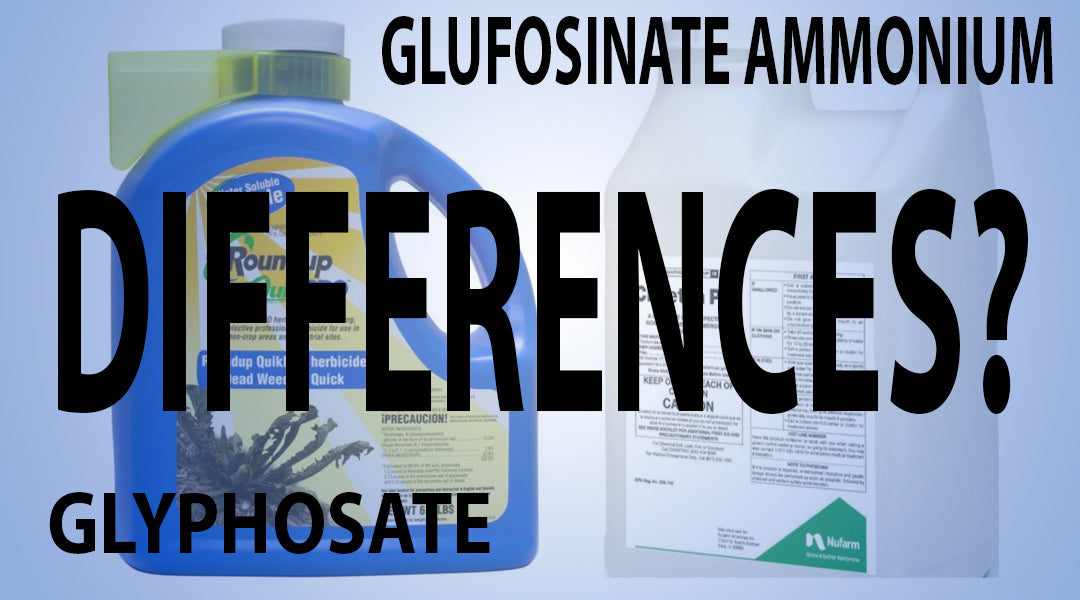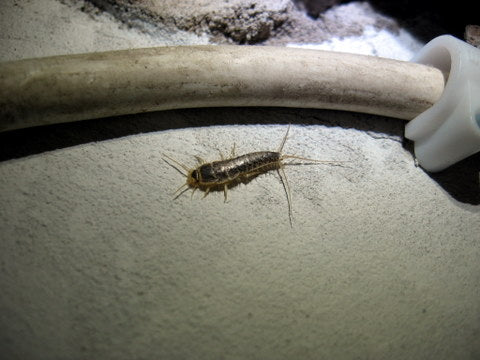
DIY Lawn Care- Warm Season Short Grasses It is essential to practice the proper maintenance if you intend to keep your lawn beautiful and healthy. It would help if you had a schedule with different steps you will follow through the different seasons in the year.
Doing this can significantly help you correct any potential turf problems and prevent and treat pests and weeds. By working on your lawn throughout the year, it will constantly look its best. Some of the popular warm-season grasses include Zoysiagrass, Augustinegrass, Centipedegrass, Carpetgrass, Buffalograss, blend, Bermudagrass, and Bahiagrass.
Treatment Applications

You can employ multiple treatment applications on your lawn to ensure that it stays beautiful through the different seasons. Listed below are the different treatment applications and the best seasons to apply them on your lawn.
Pre-Emergents
Pre-emergents can be applied twice a year. The best time to apply them is usually at the end of winter to mid-spring or the end of summer to the end of fall. Pre-emergent products usually kill weeds before they grow above the soil. Apply the pre-emergent before the soil gets to 55 degrees plus and before the seeds can start germinating in the soil.
Note that timing is extremely vital. It would be best to refer to the product's label to note the mowing restrictions. Mowing can negatively affect the efficiency of the herbicide, so you have to note if the product restricts mowing before or after application.
Post-Emergents
Post-emergents can be applied one to two times during every growing season. You can apply them toward the end of winter, throughout spring and summer, up until early fall. There is an array of post-emergent products that you can choose from. Usually, these products are used to kill already existing weeds.
There are selective and non-selective post-emergents. The selective ones will only kill the targeted weeds, while non-selective often kills anything it comes to contact with, including your grass. Therefore, it would be best to read the product label to note the difference and check if there are any mowing restrictions. As mentioned earlier, mowing can negatively impact the efficiency of the herbicide.
Fertilization

You can do fertilization between two to four times a year, depending on the soil analysis. The best period to do fertilization is spring, throughout summer and early fall. Fertilization will help maintain the green color of your lawn and also keep it healthy.
Note that you have to apply the right amount of fertilizer and make sure that you are doing it during the appropriate season. If you do not adhere to the proper schedule, you will be doing zero work, and your lawn will look mediocre despite you applying fertilizer. It is worth noting that over-fertilization will result in your lawn having an uneven look because certain parts will have short patches of grass and others long grass.
When you under-fertilize your grass, the result will be a sparse and less full appearing lawn, making it easy for both diseases and weeds to take hold. It would help if you did a soil analysis test to determine the nutrients that your soil lacks. You can take your soil sample and have it analyzed, or you can buy a soil analysis test kit and do it yourself.
The hardiest and healthiest lawns can be fertilized two to four times in a year, as aforementioned. Suppose you are fertilizing during spring, it would be best to select a “weed and feed” since it contains both a pre-emergent herbicide and fertilizer.
Insecticides

The best time to apply insecticides is in early spring, throughout summer, up to early fall. This will prevent specific pests from damaging your warm-season short grass. Use a preventative lawn insecticide to deter any pests and insects from inhibiting your lawn.
Grub Prevention

The start of spring to the end of spring is the best time to apply grub prevention to your lawn. Grubs can cause significant damage to your warm-season short grass since they usually feed on the grasses' roots.
They do more damage than turning the color of grass on your lawn. There are multiple preventative grub treatments you can apply on your lawn to kill their larvae before they start damaging your turf.
Fungicides

It is best to apply fungicides every 14 to 28 days, usually as a preventive application. The best time to apply fungicides is usually at the end of spring, throughout summer up to early fall. Lawn diseases can easily damage your warm-season short grass.
The process of getting rid of lawn disease is often time-consuming and difficult, especially if the disease has taken hold and caused damage. Therefore, it would be best to prevent the disease before it even starts. There are different lawn diseases, and they all develop under different conditions. The most common lawn diseases will occur in late spring, throughout summer, and well into fall. This includes anthracnose, dollar spot, and patch brown.
You can prevent these diseases from occurring if you apply a preventative fungicide on your lawn every two to four weeks throughout the earlier listed seasons. It would also help if you rotated fungicides since it prevents disease resistance. Suppose a lawn disease has already developed, you can use a curative fungicide treatment to stop its progression.
Iron+
The best time to apply iron would be at the end of spring, throughout summer to early fall. There are multiple iron products you can select from. Iron is usually applied to lawns that are actively growing because it helps the lawn have a rich and deep green color.
Iron is an excellent nutrient if you are looking to speed up the spring green-up, but you do not want to promote excessive growth. Lawn iron is essential since it can help improve your turf's overall health. To achieve this, it is usually best to pair iron with micronutrient applications. It can also significantly help your warm-season turf to recover from damage. You can use iron applications during the warm season as long as your lawn is actively growing.
pH-Lime/Sulfur+
The best time to apply lime or sulfur to your soil would be in mid-fall, and through winter. When you do a soil test, you will find out the pH of your soil. Suppose the pH is out of the optimum range. You can correct this through the application of a soil amendment such as sulfur or lime.
Your soil's pH is essential since it plays a vital role in assisting your soil in taking in nutrients. Suppose the pH levels of your soil are not in range. Whatever nutrients or fertilizers you will add to the soil will not be used to their full potential.
This is why it is essential to perform a soil test because from there, you can begin the correction process of bringing the level of your soil's pH back to the optimal range if it is necessary.
Lawn Maintenance

As mentioned earlier, lawn maintenance is an essential part of keeping your lawn healthy and beautiful. Listed below is a warm-season grass care schedule you can use to ensure your lawn is well maintained through the different seasons.
Soil Testing
The best time to soil test is at the end of winter and early spring or the end of summer to mid-fall. Soil testing once every year will suffice. As mentioned earlier, it would be best to find out what nutrients your soil has and which ones it lacks before you apply fertilizer on the lawn.
Testing your soil will guide you in getting a fertilizer that will be best suited for your lawn. Get a sample of your soil and perform a soil test or have an expert do it. You will find out the analysis of the levels of nutrients in the soil, such as potassium, phosphorus, and nitrogen. You will also find out the soil's pH level. The best time to perform a soil test will be in the fall since the conditions are comparatively dry.
Spring would also be a great time to do the soil test, as long as you will have sufficient time to apply any soil remedies and let them do their work before the green-up in spring.
Watering

You can water your lawn throughout spring, summer up until mid-fall. As long as the rain levels are below an inch, you can water your lawn weekly. When you water your lawn frequently and briefly, it could result in weak, shallow root systems.
The best thing to do will be to go for more infrequent and more extended irrigation to ensure that your roots stay deep and robust. It is worth noting that watering can only keep the lawn looking good, but it cannot fix any other underlying issues your lawn may have.
If you would like to prevent lawn diseases, it would be best to water your lawn early in the morning. This helps avoid scorching and ensures that the grass blades dry up before humidity can set in. It is time to think of watering your lawn if you get less than an inch of precipitation.
Mowing

The best times to mow your lawn are throughout spring, summer, and fall. You can start by mowing your lawn weekly, then every fortnight, and eventually once every month toward the end of the season. It is worth noting that the frequency and height at which you mow your lawn significantly affect both the appearance and health of the lawn.
For instance, if you mow your lawn and make it too short, it will make the grass more vulnerable to diseases, meaning you will also have to cut it more frequently for it to stay healthy. The best rule you can apply is to avoid removing more than a third of the grass blades' length at a go. Most types of grass are at their healthiest, between two to three inches in length. It is essential to mow your lawn as required.
However, it would be best if you carefully read the label of an insecticide, weed control product, or any fertilizer, before applying it to your lawn. Depending on the product you are using, some may require you to mow right after the application and others before the application. It would be best to mow as regularly during spring, say every week.
Mowing after every fortnight would suffice in summer, and since the temperatures usually start dropping in fall, you can mow once every month. You can cease mowing when the grass finally gets to the dormant stage.
Dethatching

Dethatching can be done once every year. The best time to do it would be between mid-spring and early summer. When new grass grows before the existing plant matter decomposes, thatch occurs. This causes grass material build-up.
When you let thatch build-up, it will create a barrier to water, air, and nutrients supply to the soil, leading to the new grass having roots on the thatch instead of in the soil. It can also prevent pesticides and fertilizers from penetrating the soil, meaning it could harbor diseases that cause fungus, bacteria, and insects. If you would like to remove excess thatch, you can use power raking or a verticutting machine.
However, in some cases, aeration can also accomplish the same task. If you are planning to schedule a dethatching, it would be best to apply any pre-emergent herbicide once the dethatching is over.
Aeration

Aeration can be done one to two times every year. The best time to do this would be at the end of spring to mid-summer. Heavy foot traffic, clay soils, and silt soils can compress soils, meaning a barrier will be created from water, air, and supply of nutrients to the roots hence inhibiting the growth of your grass.
When the soil is compressed, this can result in maintenance and pest problems if it is not well taken care of, which will make it easy for diseases and weeds to affect your lawn. The best way to break compact soil is through core aeration. You can rent an aeration machine to take out the cores of the earth if you have a large lawn. If you have a small lawn or are working on a small area, you can use a hand corer.
You can leave out the removed cores on your lawn for extra nutrients. Fill up the holes left on your lawn with new grass. Suppose you are planning to schedule for aeration on your lawn, you must apply any pre-emergent herbicide after completing the aeration. Excess moisture usually sits on the grass between spring and summer, so it would be best to do aeration between spring and summer.
Seeding







Leave a comment (all fields required)